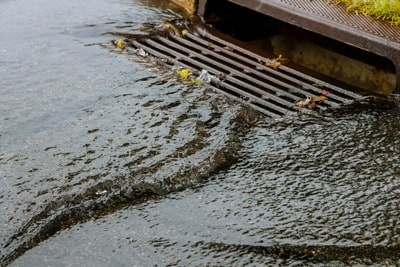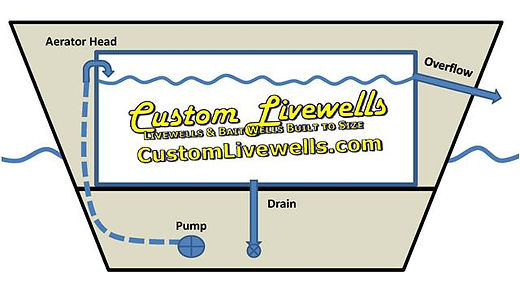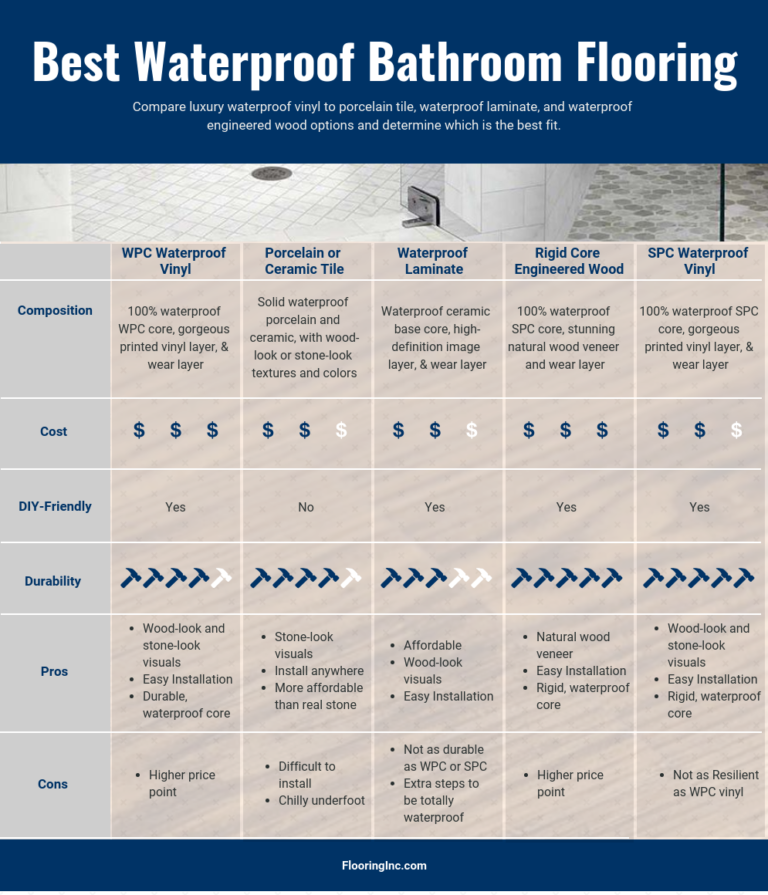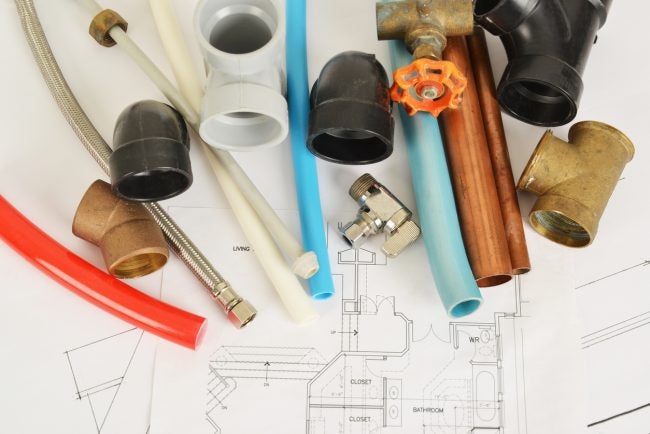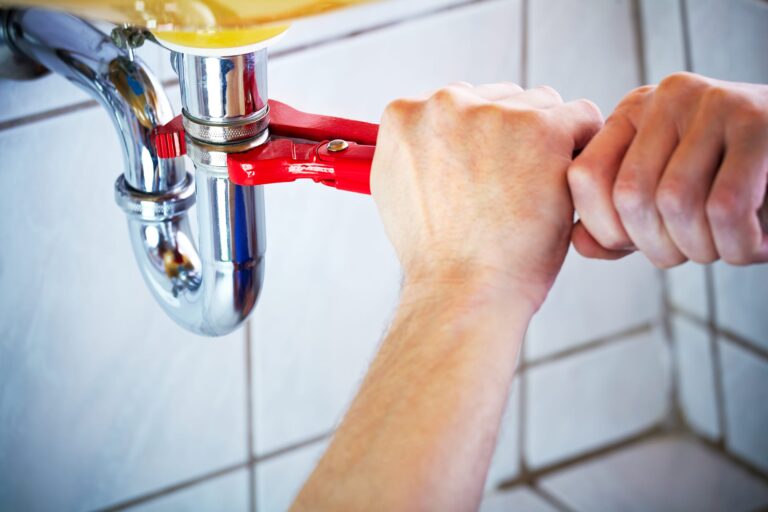What Is Drain Water Called?
Drain water, also known as wastewater, is the liquid that is discharged from homes, businesses, and industries through a system of drains, sewers, and pipes. It is often contaminated with pollutants, chemicals, and microorganisms, and needs to be treated before it can be released safely into the environment. Drain water is an important resource, and is used for irrigation, power generation, and other industrial applications.

Definition of Drain Water
A drain water is the liquid that flows out of the plumbing fixtures and appliances in a home or building. It is composed of a mixture of wastewater, such as used water from sinks, showers, and toilets, as well as condensate from air conditioning systems. Drain water is typically collected in a main drain pipe before being discharged to a city sewer system or a septic tank. Proper disposal of drain water is essential to maintain a healthy environment, as it can contain contaminants from various sources.
Sources of Drain Water
Water drainage is an essential part of our daily lives, but many of us don’t know where it all comes from. Sources of drain water include rainwater runoff, wastewater from kitchens, bathrooms, and laundry, and water from other household appliances. Rainwater runoff is the most common source of drain water, as it is collected from surfaces such as rooftops, sidewalks, and streets. Wastewater from kitchens, bathrooms, and laundry is collected from sinks, showers, and washing machines, respectively. Finally, water from other household appliances such as dishwashers and water heaters may also be collected and drained away. In short, drain water comes from a variety of sources, all of which are necessary for us to keep our homes and communities clean and functioning properly.
Possible Contaminants in Drain Water
It’s important to be aware of what might be lurking in your drain water, and the potential contaminants that could be present. From chemicals from cleaners, soaps, fertilizers, and pesticides, to bacteria, parasites, and viruses, these can all be present in your drain water. It’s essential to take precautions to ensure that your drain water is safe and free from contaminants. Regular drain inspections and cleaning can help prevent contamination, and regular testing can help identify and remove any potential contaminants. With the right precautions, you can protect your health and the environment from the potential risks of contaminated drain water.
Health Risks Associated With Drain Water
Drain water is often taken for granted in our lives, but it can be a source of serious health risks when not properly managed. Drain water can contain a variety of contaminants, including bacteria, viruses, and parasites, that can lead to a range of illnesses such as dysentery, cholera, and typhoid fever. Furthermore, improper disposal of wastewater can lead to contamination of nearby water sources, resulting in water-borne illnesses. It is important to understand the health risks associated with drain water in order to adequately protect yourself and your family from potential illnesses. Taking preventative measures such as avoiding contact with drain water, properly disposing of wastewater, and regularly testing local water sources can help reduce the risk of exposure to these harmful contaminants.
Treatment of Drain Water
Drain water is a common source of water pollution. It is the wastewater generated by households, businesses, and industries, which includes chemicals, oil and grease, bacteria and other contaminants. Treatment of drain water is necessary to reduce the negative effects of such contaminants on the environment. This may include physical, chemical and biological processes to remove pollutants, followed by disinfection to make the water safe for reuse or discharge. Treatment of drain water can be done on-site, such as through septic tanks, or through centralized wastewater treatment plants. In either case, proper treatment of drain water can help to reduce the environmental harm caused by untreated wastewater.
Uses of Drain Water
Drain water is a valuable resource that has multiple uses. From agricultural irrigation to industrial processes, it can be used to reduce water waste and reduce environmental impact. Drain water can also be recycled and reused for various household purposes, such as cleaning, cooking, bathing, and even drinking. Additionally, it can be used to generate electricity and provide energy to homes and businesses. By utilizing drain water, we can conserve natural resources, decrease water pollution, and help reduce our environmental footprint.
FAQs About the What Is Drain Water Called?
1. What is the difference between greywater and blackwater?
Answer: Greywater is any household wastewater that is not from toilets, and is typically from sinks, showers, washing machines, and dishwashers. Blackwater is wastewater from toilets and is considered to be more contaminated.
2. Is it safe to reuse drain water?
Answer: It depends on the type of drain water. Greywater can generally be reused for certain purposes such as irrigation, toilet flushing, and laundry. However, it is not generally safe to reuse blackwater due to its contamination.
3. What are some ways to manage drain water?
Answer: Some ways to manage drain water include using greywater systems to filter and reuse greywater, installing rainwater tanks to capture and store rainwater, and using water-saving devices such as low-flow showerheads and toilets.
Conclusion
Drain water is a type of wastewater that is generated from everyday activities such as cooking, bathing, and washing. It can contain a variety of contaminants, including bacteria, soap, grease, and other materials. Drain water is typically not suitable for drinking or other uses, and should be disposed of in a responsible manner. With proper water treatment and disposal systems, drain water can be managed in a safe and effective manner.

